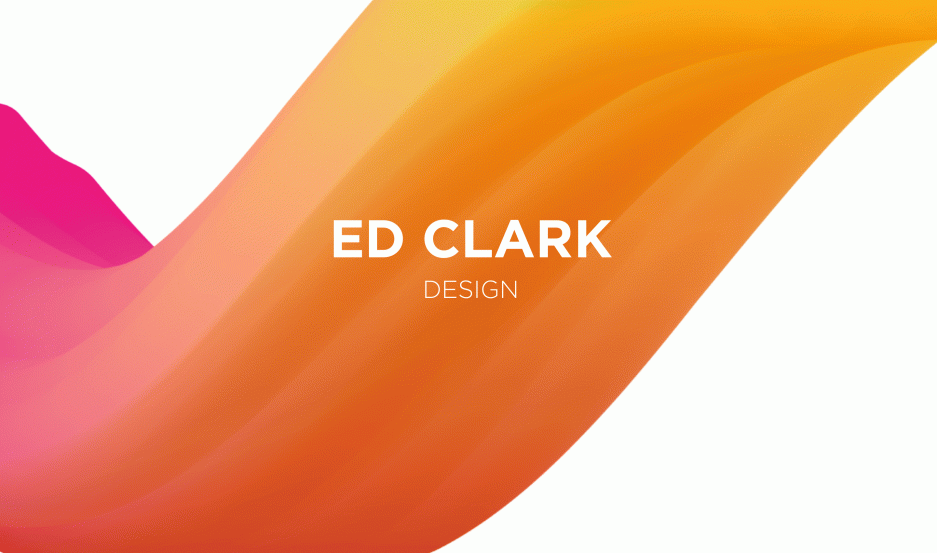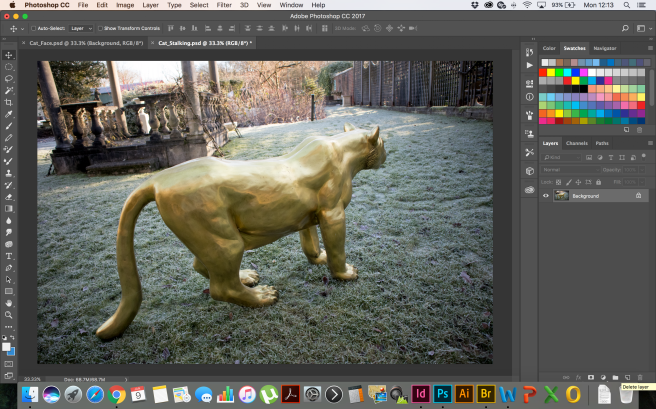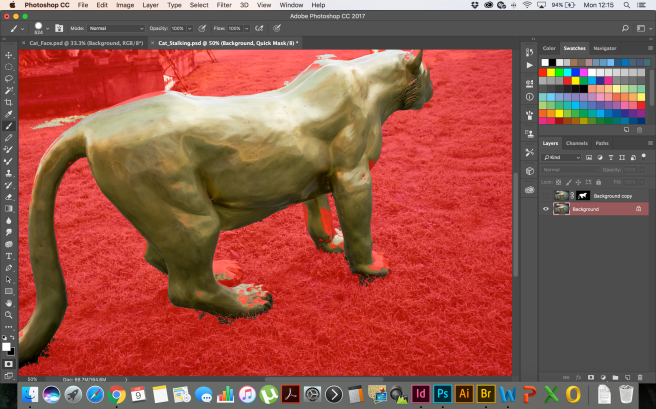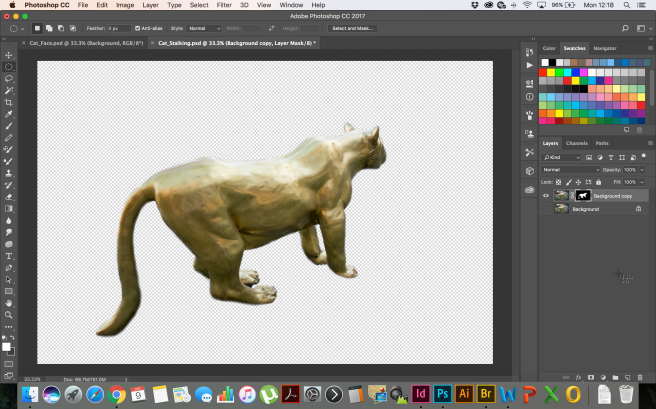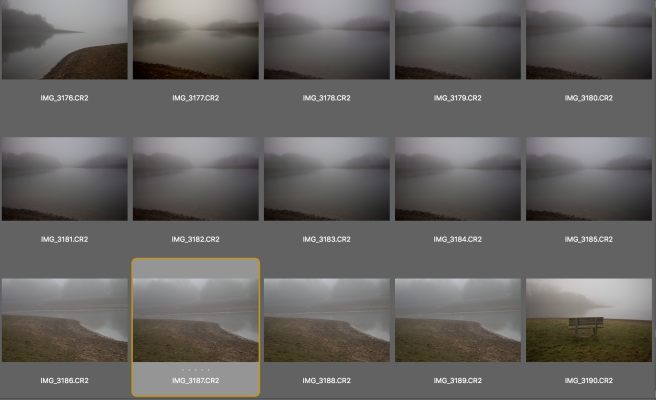As part of my research, I wanted to look at some well known black and white photographers to see how they use the contrast and texture to create mood and atmosphere in their photography.
“For me the camera is a sketch book, an instrument of intuition and spontaneity, the master of the instant which, in visual terms, questions and decides simultaneously. In order to give a “meaning” to the world, one has to feel involved in what one frames through the viewfinder. This attitude requires concentration, discipline of mind, sensitivity, and a sense of geometry. It is by economy of means that one arrives at simplicity of expression.”
http://www.henricartierbresson.org/en/hcb/
The work of Henri Cartier-Bresson is a massive part of the makeup of contemporary photography. He help shaped the modern form of photojournalism. He had an extraordinary talent for judging “the decisive moment” served to blur the boundary between an artist and a journalist, whilst working predominantly in black and white and producing countless iconic images.
I love how this shot is framed. the audience can see the urban landscape, with focus to the bottom right on a spiral stairwell leading to the ground. The photographer is positioned at the top of the stair well, capturing a cyclist in the top right speeding through the streets. Again the cyclist is positioned perfectly in a small space in the frame between the buildings and the railings of the stairwell. There is a small amount of motion blur, which would strongly suggest the photographer has used a slightly longer exposure time instead of “freezing time”. The contrast of black and white has a very “moody” feel to it, and provides strong contrast between the subject and the rest of the scene.

This portrait shot also provides an exciting contrast between black and white. There are two figures that stand out in the shot, however they have been “blacked out” to just be sillhouttes. The water offers the contrast between the black buildings and figures, with light from the sky reflecting from above. I love how the reflection is used to create mood, with exciting visuals. The person running across the ladder is captured and the perfect moment, just as the persons shoe is about to touch the water. The audience can see the path the person has tavelled from the ripple of the ladder in the water, though the rest of the frame is frozen still. There is a small amount of blur on the man that is running, which again tells the audience he is running and they may ask themselves, why? Henri Cartier-Bresson has merged art with journalism, setting the scene yet creating mood and visually stimulating images.

There is one sole figure in this image with his head resting against the desk. This tells the audience that he is either tired, or depressed. I think the fact he is sitting by himself, with his hat positioned next to him tells the reader he is unhappy. This works well with the atmospheric contrast between black and white. If colour was present, I think it would detract from the feeling of the frame. Black, white and grey have “dull” connotations, which could be a sign of what the mans life is like.

Conclusion
From this research I think I have learnt how black and white photography can influence the feeling and mood of the photograph. Some of the techniques I want to use from this research are as follows:
- Motion Blur
- Water Reflection
- Silhouettes
- Framing

